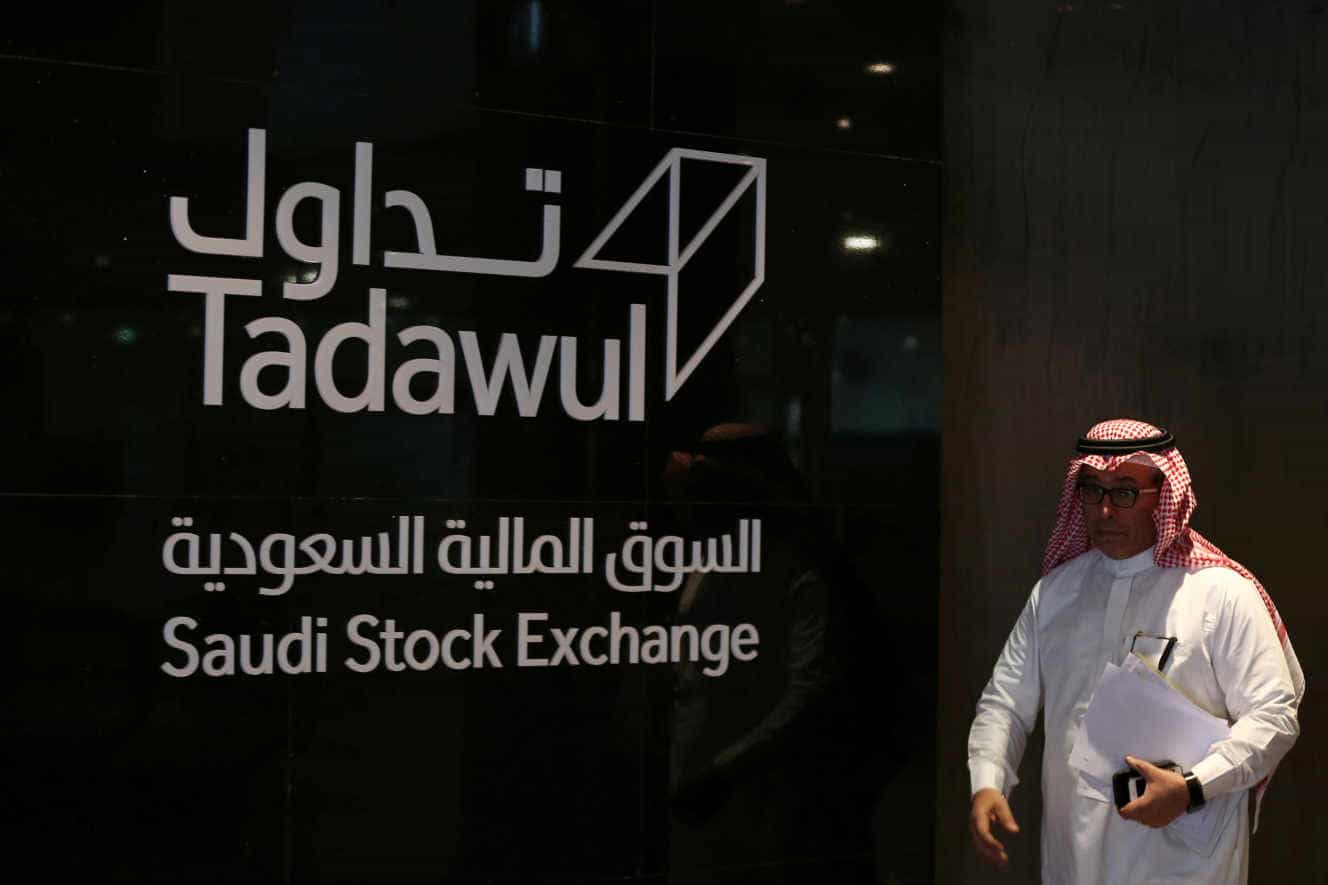The Saudi index faced a significant fall this week, the first since October 2020, due to military struggles with Yemen, while the UAE stock market diverged.
Let’s take a look at this week’s Saudi and UAE stock market details.
Saudi index: Significant fall
The Saudi index TASI fell on Sunday, November 21, by 1.9 percent, recording its most significant one-day decline since October 2020, with Al-Rajhi Bank falling by 2.2 percent and Saudi Aramco by 1.9 percent.
This came as a result of the announcement by the Yemeni Houthi group allied with Iran that it had launched 14 drones towards several Saudi cities and that their targets included Saudi Aramco facilities in Jeddah.
On Monday, the Saudi index lost ground following a series of drone attacks. With Al-Rajhi Bank missing 4.5 percent and Saudi Arabian National Bank dropping 3.7 percent, the Saudi index fell 2.7 percent. Aramco was one of the other companies to suffer a loss, falling 1.8 percent.
In addition, after India’s Reliance Industries said on November 19 that it had decided with Aramco to reevaluate the Saudi firm’s proposed investment of $15 billion in Reliance oil-to-chemicals business, Aramco’s shares were also under pressure.
After three days of losses, the Saudi index rose 0.8 percent on Tuesday, November 23. As a result, both Al-Rajhi Bank and Saudi Arabian Mining Company saw their stock prices grow while Aramco climbed 1 percent.
Wednesday saw a 1 percent increase in TASI as it closed at 11,369.38 points. Eighteen sectors of the Saudi stock market gained, with the most significant increases coming from Finance (2.22 percent).
Thursday was a bad day for the Saudi Stock Exchange. It was down for the fourth straight week. Saudi Arabia’s stock market index dropped 0.6 percent. Both Al-Rajhi Bank and Aramco saw their share prices fall by 0.4 percent and 1.1 percent, respectively.
Dubai index: Rise and fall
A 0.5-percent drop in Dubai Islamic Bank’s share caused the Dubai index to close 0.2 percent lower on Sunday, November 21. But Amla Finance rose 15 percent, extending its gains for the seventh consecutive session.
As of Monday, the index was down 2.6 percent, with Emaar Properties (4.3 percent) and Emirates NBD Bank (3.5 percent) being the big losers.
For the third day in a row, the Dubai index fell 0.9 percent on Tuesday, and real-estate and financial stocks were the worst hit. Emaar Properties was down 2 percent, Dubai Islamic Bank was down 1.9 percent, and Emirates NBD was down 1.8 percent.
At 3,156.85 points on Wednesday, the Dubai Financial Market’s overall index gained 0.39 percent.
Dubai’s stock market saw a 4.41-percent increase in commodities, followed by a 1.83-percent decrease in services and then a 0.37-percent decrease in insurance, as well as a 0.18-percent decrease in the banking sector.
Emaar Properties, the leading stock on the Dubai Stock Exchange, rose by 1 percent, as did Dubai Islamic Bank, which rose by 8 percent, both of which contributed to the index’s 0.4-percent gain on Thursday, November 25.
Banks are there for support!
The First Abu Dhabi Bank, the UAE’s largest bank, saw its share price fall by 1.3 percent on Sunday, November 21, resulting in a 0.2 percent drop in the Abu Dhabi index.
However, it gained 0.1 percent on Monday, thanks to Alpha Abu Dhabi Holding’s share price rise.
In addition, Etisalat’s share rose 2.8 percent, and International Holding Company’s share rose 2 percent on Tuesday, November 23, as the market continued to grow.
On the other hand, the general index of the Abu Dhabi Stock Exchange decreased 0.11 percent on Wednesday, November 24, losing 9.21 points to close at 8,398.309 points.
Three sectors on the Abu Dhabi Stock Exchange were down 0.81 percent.
The Abu Dhabi index rose by 0.7 percent on Thursday, supported by a 2.4-percent increase in Alpha Abu Dhabi Holding’s share and a one percent increase in Etisalat’s share.








